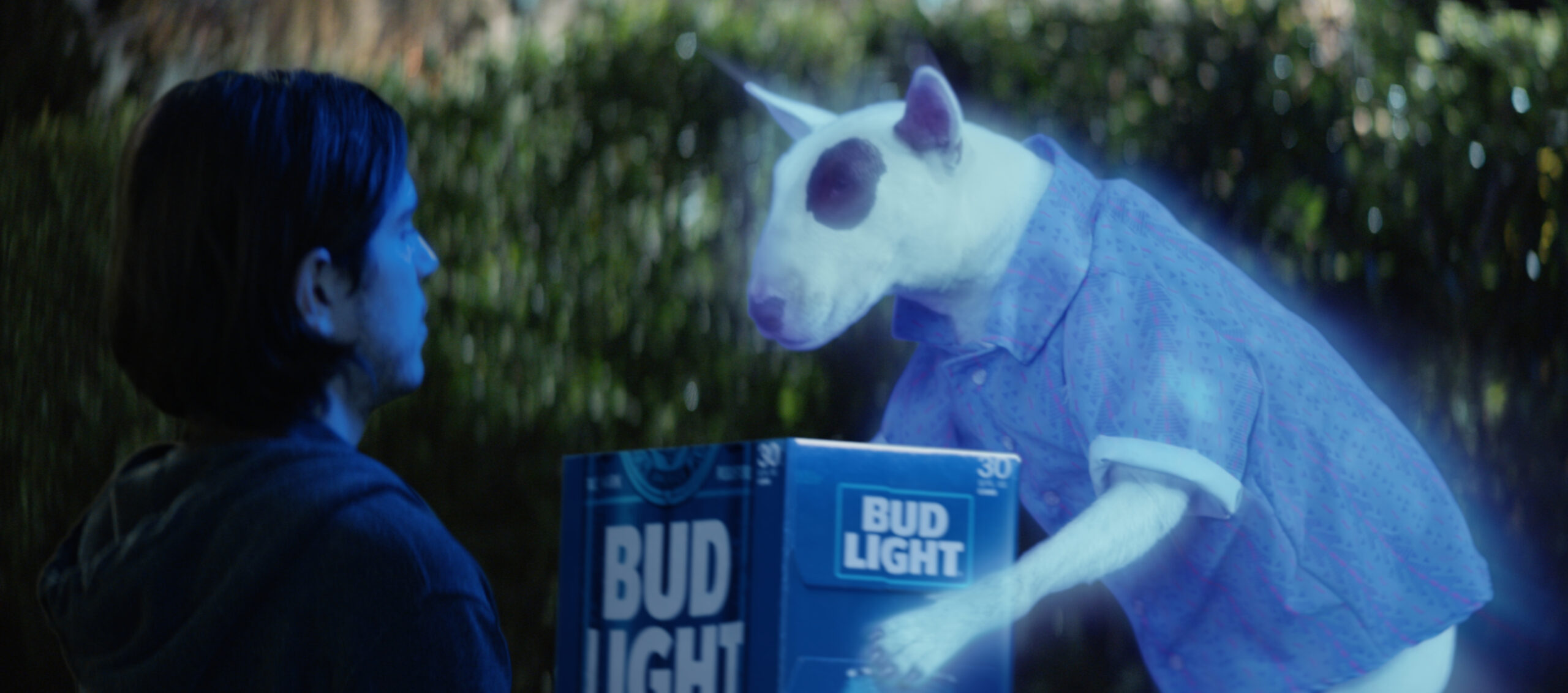Alcohol companies used controversial marketing tactics in their 2017 Super Bowl commercials, including the use of animals that are attractive to children and party themes found to influence underage drinking.
In our view, the ads seemed far out of compliance with the voluntary marketing codes, in place since the 1990s, that these companies have vowed to follow. This is consistent with our previous research finding that, in general, the alcohol industry does not comply with voluntary marketing codes and has consistently used content that is likely appealing to youth, specifically young men.
These codes, which are created and enforced by the alcohol and advertising industries, limit the audiences to which the ads can be shown and what the ads can say about the product. Content that is primarily appealing to minors is prohibited.
One reason these ads are so appealing to children and adolescents is because the ads arouse positive emotions, which in turn increases the likelihood an ad will be remembered and influence alcohol use.
Talking animals and party themes
For its Super Bowl commercial, Bud Light revived the controversial character Spuds MacKenzie, a lovable-looking dog that was originally used to sell Anheuser-Busch brands in the late 1980s. At the time, groups such as Mothers Against Drunk Driving, the Center for Science in the Public Interest and then-Senator Strom Thurmond complained about the character because of its appeal to children and adolescents.
In 1987, the Ohio Department of Liquor Control determined that a Christmas marketing campaign using Spuds Mackenzie violated state law after he was depicted dressed as Santa Claus. Ohio state law expressly prohibits the use of Santa Claus in alcohol advertising.
Bud Light wasn’t the only alcohol brand to use animals this year. Yellow Tail wines prominently featured a humanized kangaroo, holding filled wine glasses and which was the subject of sexually suggestive language. Yellow Tail’s kangaroo and the revived Bud Light’s Spuds MacKenzie are reminiscent of the tobacco character Joe Camel, who was the center of an R. J. Reynolds ad campaign designed to appeal to children.
Joe Camel was eventually pulled from the company’s ad campaigns in 1997 after lawsuits, pressure from Congress and bad publicity from several advocacy groups, but not before he was as recognizable to children as Mickey Mouse.
A 2016 study concluded that teens who could recall ads with a “party” theme, which conveys positive emotions, were four times more likely to binge-drink. That may explain why a Budweiser ad featured the immigration story of Aldophus Busch, associating a positive success story with the product. However, several of the facts behind the story have already been found to be untrue by reporters at Slate.
Self-regulation doesn’t seem to work
These ads come on the heels of a series of scientific papers published in the journal Addiction in January. They describe how the current system of alcohol marketing regulation, in which alcohol companies have pledged to police themselves, fails to protect youth and other vulnerable groups from exposure to potentially harmful advertising.
One systematic review of 12 scientific articles, coauthored by Jonathan Noel, shows that exposure to alcohol marketing leads to increased youth alcohol consumption and binge drinking.
We authored another review of nearly 100 studies from over 20 countries, which concluded that alcohol companies do not follow their own rules when it comes to protecting children and adolescents, especially during large sporting events like the Super Bowl and the FIFA World Cup Tournament.
The papers offered several recommendations to develop more effective alcohol marketing regulations. These include a ban on alcohol advertising, more rigorous enforcement of voluntary codes and ending industry control over the definition of and enforcement of code violations.
The return of Spuds MacKenzie may finally signal the need for stronger restrictions on alcohol marketing. Alcohol is the leading cause of death and disability for young males aged 15-24 in nearly every region of the world, and among young females in high-income countries. Advertising for another dangerous product, tobacco, is banned from TV and radio. Tobacco companies are also banned from event and sports sponsorship. It is not surprising that numerous scientific experts, health organizations and community groups are calling for alcohol ads to be regulated like tobacco advertising.
![]()
Jonathan Noel, Researcher in Alcohol Policy, University of Connecticut and Thomas Babor, Endowed Chair in Community Medicine and Public Health, University of Connecticut

